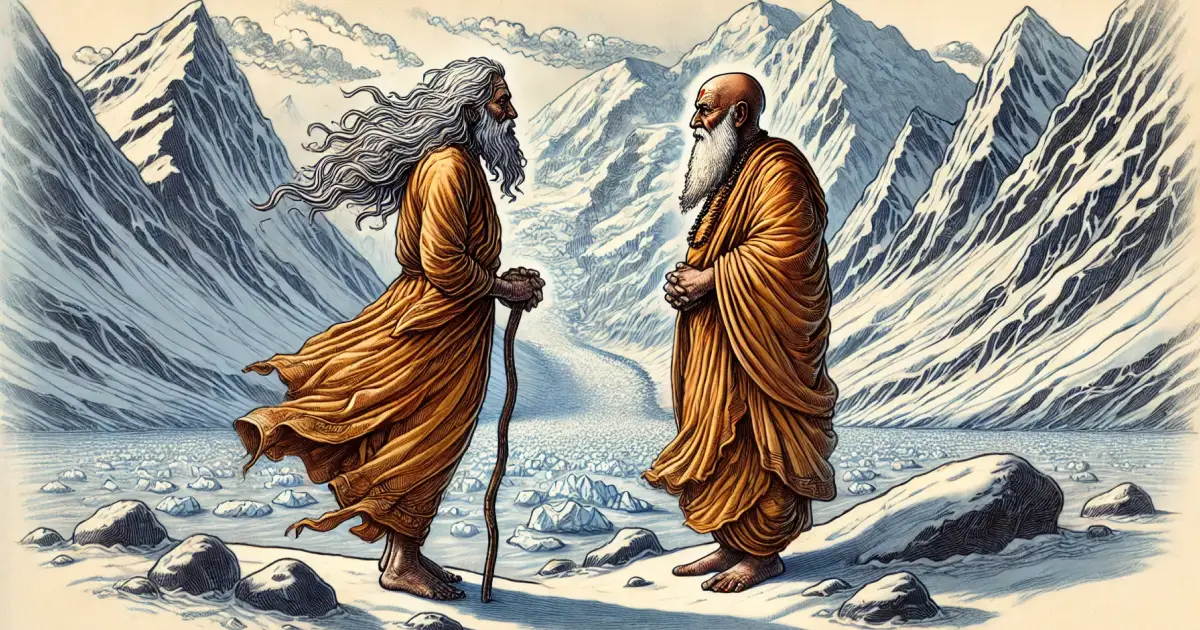This short story is accompanied by a visual album, here.Having spent close to six months in Kurukshetra, Kaushika decided that it was time to leave. King Janmejaya Kuru did not accept this without contest. He had grown fond of his guest, so refreshingly outer-worldly was Kaushika’s view to him. Not happy to let Kaushika depart easily, he tried different approaches. The newest one was the enticement of marriage to a fine Kuru maiden.“Was there no woman in your life?” Asked King Janmejaya. “I imagine it would be harder to leave home for foreign lands if there is love holding you back.”Kaushika smiled in reminiscence. The life of a crown-prince was not without several perks- not the least of which was attention of the opposite sex. And his adolescent-self had held special attention for one girl in particular. The memory of her face was hazy now, but not the way he felt about her. To Janmejaya he said, “I got out of my home before such allures could entrap me!”“And in Dvarika? Did you find no one in your three years there?” Kaushika smiled again, enjoying King Janmejaya’s amiable curiosity. He had obliged it with vivid tales of his time in Dvarika, delivered to the...
Mahārṣis
Scenes from the lives of great sages that cultured Bhārata.

Sign up to read this story
This story is part of our member-only exclusive access.
Upgrade to get full access to this short story and other membership benefits